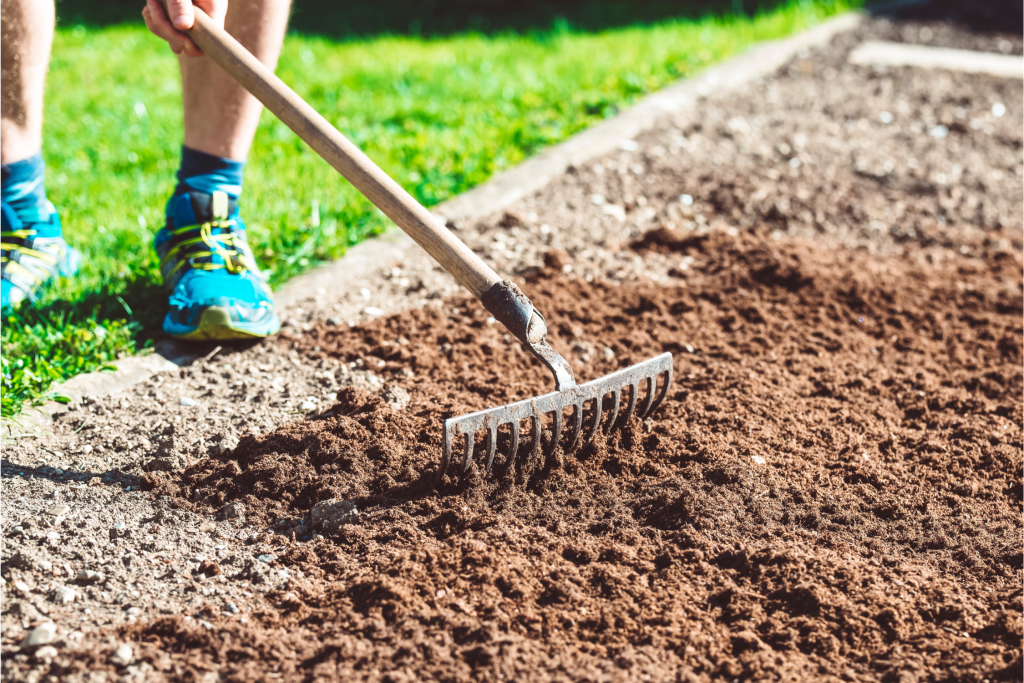
Sandy soil, with its coarse texture and excellent drainage, can be both a blessing and a challenge for gardeners. While it’s easy to work with and warms up quickly in the spring, it also tends to dry out and leach nutrients rapidly. If you have sandy soil in your garden, don’t despair! With a few thoughtful amendments and practices, you can transform it into a rich, productive growing medium. Here’s a guide on how to improve sandy soil for planting.
Understanding the Challenges of Sandy Soil
Before diving into improvement techniques, it’s essential to understand the main challenges of sandy soil:
- Poor Water Retention: Sandy soil drains quickly, which means it doesn’t hold water well.
- Low Nutrient Retention: Nutrients can easily wash out of the soil, leaving plants deprived.
- Soil Erosion: Sandy soil is prone to erosion by wind and water.
Steps to Improve Sandy Soil
- Incorporate Organic Matter
- Compost: Adding compost is one of the most effective ways to improve sandy soil. Compost increases the soil’s ability to retain water and nutrients. Apply a 2-3 inch layer of compost and mix it into the top 6-8 inches of soil.
- Manure: Well-rotted manure adds both nutrients and organic matter. Avoid fresh manure, as it can burn plant roots and introduce weed seeds.
- Peat Moss: Peat moss helps improve water retention but should be used sparingly due to its acidity. It’s best mixed with compost or manure.
- Use Cover Crops
- Planting cover crops like clover, rye, or vetch can enhance soil structure and fertility. These crops protect against erosion, add organic matter when tilled under, and fix nitrogen in the soil.
- Mulching
- Mulching with organic materials such as straw, wood chips, or leaves can significantly reduce water evaporation, control weeds, and add organic matter as the mulch breaks down.
- Add Soil Amendments
- Biochar: Biochar can improve nutrient retention and soil structure. It’s a form of charcoal added to the soil and works well in sandy conditions.
- Clay Soil: Mixing small amounts of clay soil with sandy soil can help improve its texture and water-holding capacity. However, this should be done carefully to avoid creating a compacted soil.
- Fertilize Wisely
- Since sandy soil doesn’t hold nutrients well, using slow-release fertilizers can provide a steady supply of nutrients. Regular soil testing helps determine the specific needs of your soil and plants.
- Organic fertilizers like bone meal, fish emulsion, and seaweed extracts can be particularly beneficial.
- Water Management
- Drip irrigation or soaker hoses are more efficient than overhead sprinklers for sandy soil, as they deliver water directly to the root zone and reduce evaporation.
- Watering in the early morning or late afternoon helps reduce water loss due to evaporation.
- Planting Techniques
- Choose the Right Plants: Select plants that are well-suited to sandy soil conditions, such as drought-tolerant and deep-rooted plants.
- Plant Densely: Dense planting can help shade the soil, reduce evaporation, and protect against erosion.
- Regular Maintenance
- Continuously add organic matter to the soil. Each season, incorporate compost or manure to maintain and improve soil quality.
- Rotate crops and use green manures to keep the soil healthy and nutrient-rich.
Long-term Benefits
Improving sandy soil is an ongoing process, but the rewards are well worth the effort. Over time, your soil will:
- Retain water more effectively.
- Hold onto nutrients, reducing the need for frequent fertilization.
- Support a wider variety of plants.
- Be less prone to erosion and compaction.
By implementing these strategies, you can transform sandy soil into a fertile, productive medium capable of supporting a thriving garden. Whether you’re growing vegetables, flowers, or shrubs, well-amended sandy soil can provide a robust foundation for healthy plant growth.



